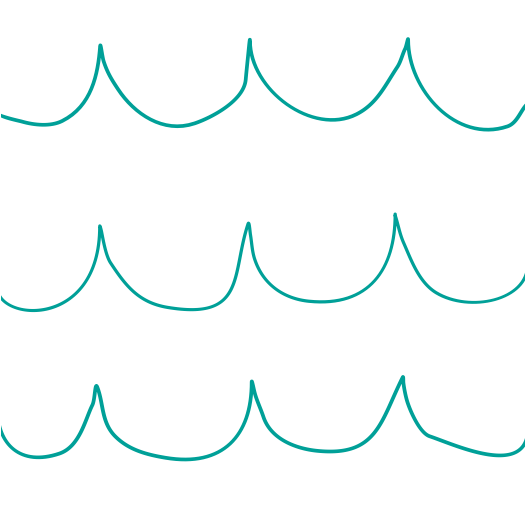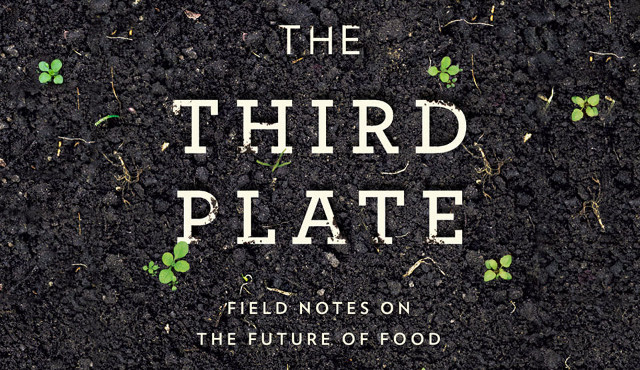EatFreshToday



Fine dining to changethe idea of everyday eating.



Create self-sufficiency by growing food in your home, even in your city apartment!
Single Utter Butter is the butter produced from one cow. A treat served at the Blue Hill at Stone Barns Restaurant. The thought of this provokes a few questions: what is my store-bought butter made with? Milk from 10 cows? 100? Are these cows even on the same farm?
This is likely a reaction Chef Dan Barber would want you to have from dining at his restaurant. As a voice and contributor to the farm to table movement, he aims to serve a meal that connects to a larger message...to achieve better flavor, better nutrition, we need better farming.
A new Netflix original, Chef’s Table, covers the unique talents of 6 chefs. Episode 2, in particular, documents the work of Chef Dan Barber, owner of Blue Hill at New York and Blue Hill at Stone Barns. He develops better farming techniques on his own nonprofit farm and education center, Stone Barns Center for Food & Agriculture. He also works with other local farmers to improve local production for the local residents, all in effort to define Hudson Valley cuisine. His restaurants are his tools to create the conversation and give the farm to table movement momentum.
Such a restaurant experience of Blue Hill is reserved for a select few. Still, the inspiration of such an idea is available to all and is necessary to keep the momentum going.
The conversation Barber has created doesn’t mean much if it’s not somehow continued. We could begin to wonder the same things that have led Barber to transform the Hudson Valley. How could we define the cuisine of our own communities? A cuisine abundant in native plants bred for flavor instead of long shelf life. Food that is unique to our location and needs, but also enhances the quality of our land.
How does this translate to the average home? Can we possibly transition out of packaged food distributed around the world, to food grown locally at home or in communities? The small changes we make in our own kitchens and neighborhoods will translate to a bigger idea that we may not be able to perceive yet. The extent of how much we can do on our own is dependent on how willing we are to learn and connect with others. In this problem of food we have two choices: take a hands on approach to food or rely on the ideas to trickle down into our homes and accept that reality, whatever it may be.
It’s simple to look at what Barber does, and say ‘that’s neat, but I don’t have farm land, I don’t have the time, etc.’. But however small the actions we take, it all goes towards improving the food on our plates and the land that it comes from.
According to Barber, improving the food on our plates leads to the improvement of the way we think about agriculture, ecology, economics, and nutrition. For him, the future of food depends on our answer to the daily question: What’s for dinner?
To see the full episode of Chef’s Table, check it out on Netflix. To go even deeper, check out Dan Barber’s book, The Third Plate: Field Notes on the Future of Food
Eat better food for better flavor. Farm local for local abundance.
- Bring about change by changing the food on your plate.
- Breed food for flavor and functionality.
█






